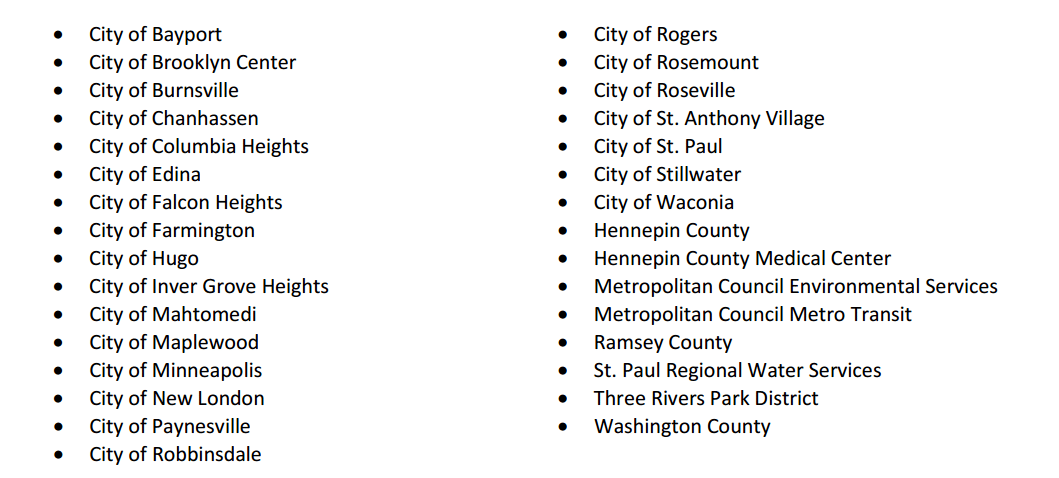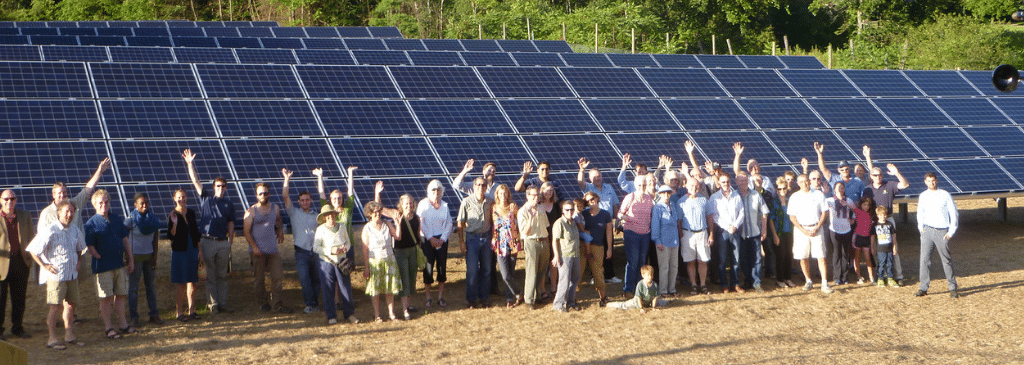Any governmental project presents particular challenges, from entrenched bureaucracies to slow-moving approvals. As a result, solar developers might be frightened by the idea of getting involved with a project involving multiple municipalities.
But a new study out of Minnesota suggests intergovernmental collaboration can move community solar programs forward more quickly and efficiently than if they work separately.
The Clean Energy Resource Teams (CERTs), a Minnesota advocacy group, produced the 24-page report based on a collaboration between 31 communities that eventually signed contracts totally 33 MW in power – far less than the 180 MW originally expected, but officials involved in the project still considered it a success.

“I’ve been called by people around the country asking about competitive multi government procurement for community solar gardens and asking how we did it,” said Jason Willett, finance director for the Metropolitan Council, a regional policy-making and planning body that oversaw the project, told Midwest Energy News.
After the year-long project was completed, a postmortem suggested the following suggestions to other municipalities that want to replicate the success of the program:
- Assemble a Steering Committee: For a collaboration to work, there must be a central group of committed individuals with participants from all participating cities to give the project direction.
- Consider implementing Joint-Powers Agreement (JPA): Requiring all participating municipalities to sign JPAs allows the Steering Committee to negotiate contracts on behalf of all the municipalities, maximizing the ability to leverage the size of the overall projects with developers.
- Plan for delays in the timeline: Delays on projects like this are inevitable. Plan for them so there are no surprises when they crop up.
- Communicate: Designate one or two people to provide updates on the project to all participants. Make sure the updates come frequently to head off potential roadblocks before they can become insurmountable.
- Create a project webpage: Having a webpage specific to this project, with both a public-facing page and a private page that participants had to log into to view, made project communications, especially file sharing, much easier. This also allowed staff to update resources for download without having to send a new file every time (for example, project staff created a calculator to evaluate long-term savings that needed several small updates).
- Facilitate peer learning: It’s hard to underestimate the importance of learning from each other. Each municipality has its own areas of expertise, and collaborating can bring all the knowledge to one project – allowing community leaders to learn new skills to which they might otherwise have access.
- Require developers to hold offers: As expected, getting approvals for all developer proposals was challenging. In some cases, developers didn’t hold their offers long enough for that process to happen. Make sure developers understand the importance of letting all municipalities approve the deal – otherwise, the project could end in chaos.
This content is protected by copyright and may not be reused. If you want to cooperate with us and would like to reuse some of our content, please contact: editors@pv-magazine.com.








By submitting this form you agree to pv magazine using your data for the purposes of publishing your comment.
Your personal data will only be disclosed or otherwise transmitted to third parties for the purposes of spam filtering or if this is necessary for technical maintenance of the website. Any other transfer to third parties will not take place unless this is justified on the basis of applicable data protection regulations or if pv magazine is legally obliged to do so.
You may revoke this consent at any time with effect for the future, in which case your personal data will be deleted immediately. Otherwise, your data will be deleted if pv magazine has processed your request or the purpose of data storage is fulfilled.
Further information on data privacy can be found in our Data Protection Policy.